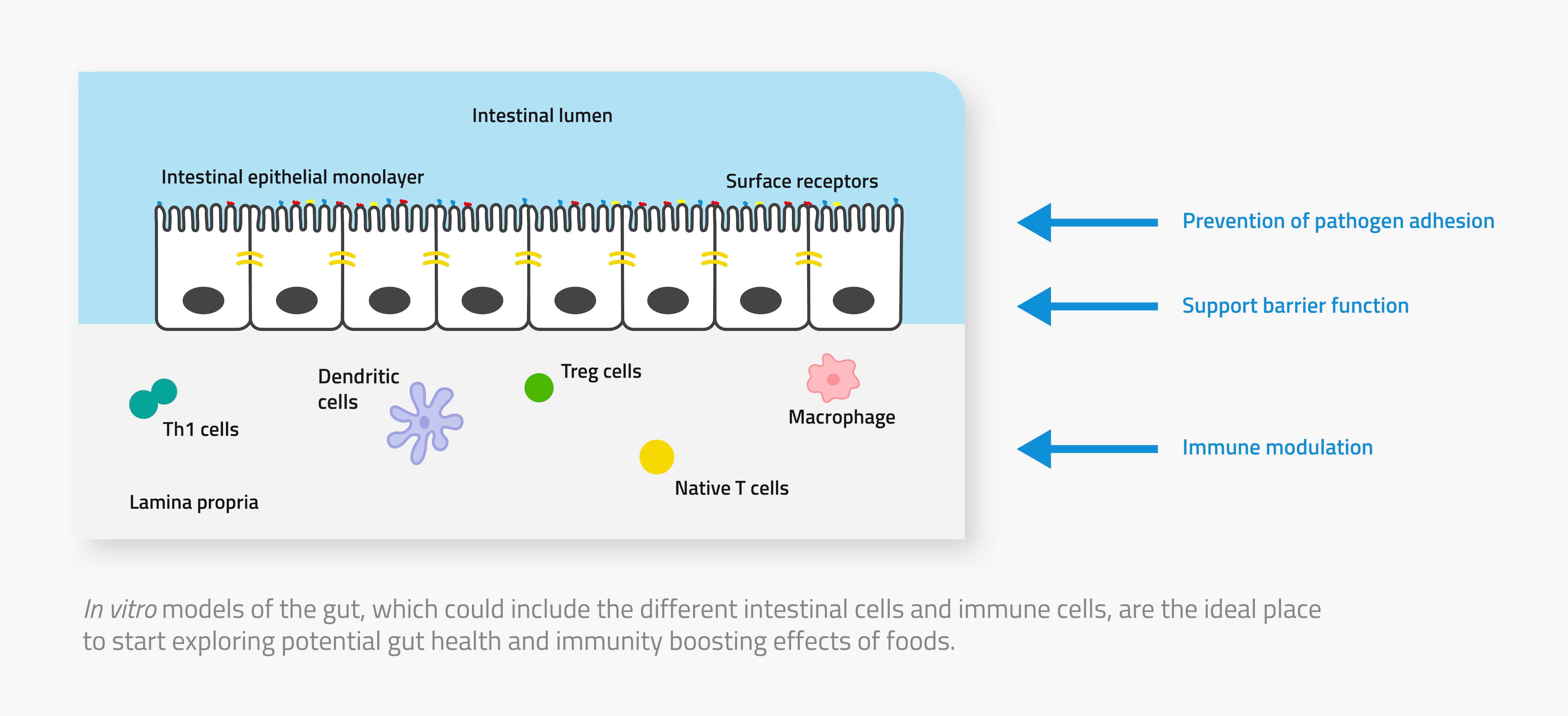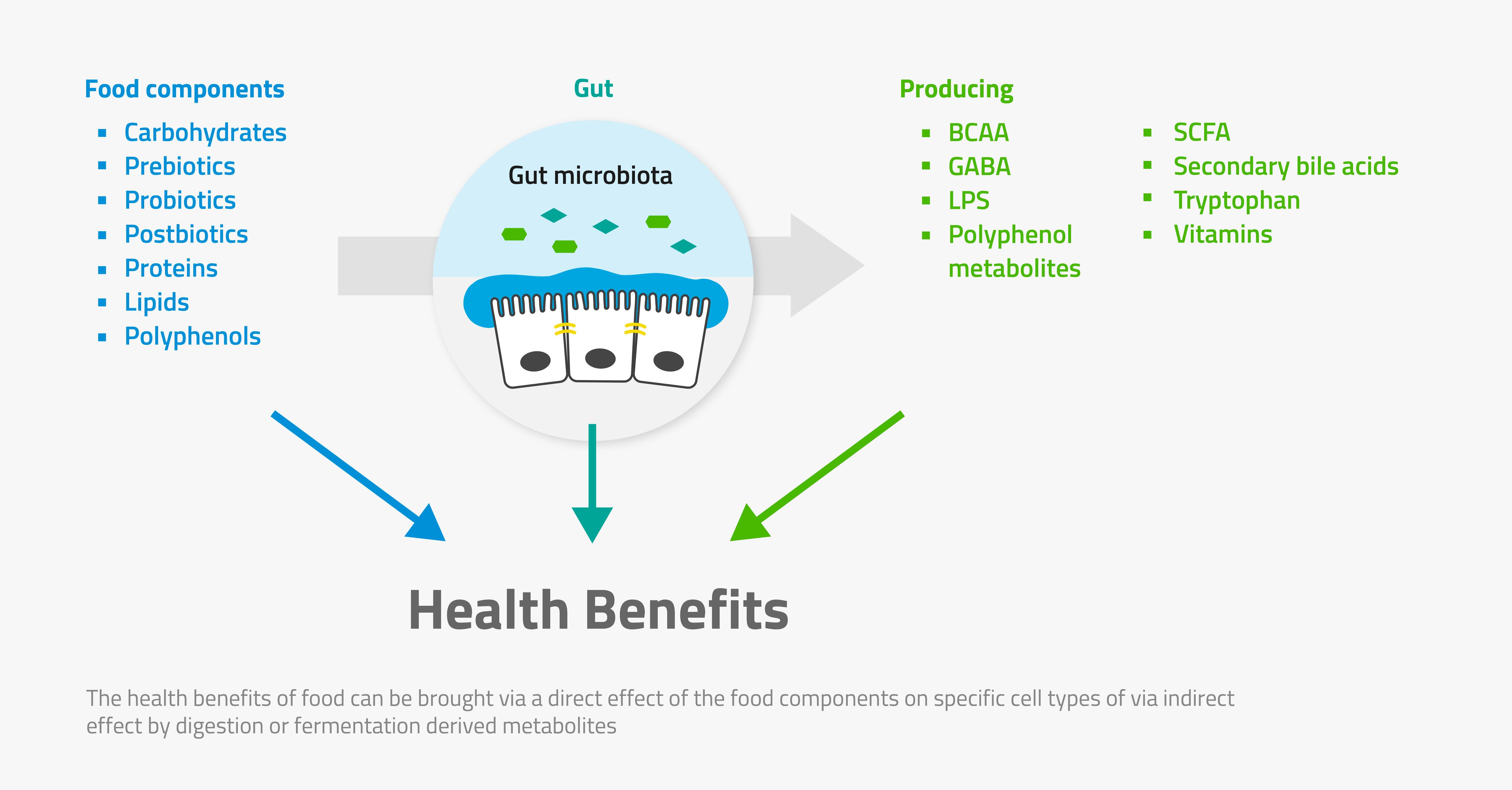Why do so few components have validated immune system benefits?
Anita Hartog: Any health claim for a food or supplement needs verifiable evidence to support it, typically in the form of a randomized, placebo-controlled human intervention trial. For immune system benefits, this could be a field study to investigate the incidence, severity and duration of a specific infection, or a controlled infection or vaccination challenge trial.
The results of the trial then need to be validated by the appropriate regulatory bodies such as the European Food Safety Authority (EFSA). And despite the spike in interest in this area, most trials sent to EFSA for validation are rejected because the quality of evidence just isn’t high enough. Hence, only the familiar vitamins A, B6, B12, C and D plus iron, zinc, selenium, folate and copper currently have approved claims on the “maintenance of functions of the immune system”, based on the essentiality of these nutrients.
If clinical trials are the required evidence, what is the role of pre-clinical trials?
AH: Pre-clinical studies on their own can’t deliver strong enough evidence for regulatory validation of a claim. But they do give you information on what to study and how best to do it. This in turn helps you design better clinical trials and improve the quality of the evidence they deliver, increasing the chance of producing positive findings that support the health benefit. Moreover, in the early stages of a research project, pre-clinical models can be implemented to identify new components or improve an existing product. In vitro models, in particular, can be used to compare large numbers of food components, evaluate possible synergistic effects or study interactions between the various food components.
There are various types of pre-clinical trial, each delivering a different level of evidence for a health effect: in vitro studies using carefully

selected human cell lines in culture, animal studies and ex vivo studies on tissues, cells or samples derived from human subjects. Most functional food companies today want to avoid animal trials for ethical reasons. Recent developments in in vitro models can help to bridge that gap. In particular, these models are the ideal tool for screening food components to identify which act on the immune system and exploring their mechanism of action. The gut is key in both our digestive and immune systems – around 70% of our immune cells are in our gut – and intestinal barrier and immune function are modulated by food. Hence in vitro models of the gut are the ideal place to start exploring potential gut health and immunity boosting effects of foods.
What are those recent developments in in vitro models?
AH: In vitro models work by introducing the food or component to relevant human cells. Until recently, most in vitro models used just one cell type. But increasingly, researchers are combining different types of cells into a single model to give a more complete picture of how a food component interacts with the tissues in the human body. For example, to look a component’s impact on the immune system, you could combine the different cells forming the intestinal lining with immune cells or the gut microbiota.
Taking this idea further, so-called organoid models are gaining ground. These combine various cell types into a kind of miniaturized organ. For example, an intestinal organoid may include stem cells, epithelial cells, goblet cells and enteroendocrine cells, which together form the architecture of the intestines including crypts and villi. In a sense, organoid models can act as a simpler alternative to animal testing without the ethical issues of using animals and with the added benefit of using human cells in a tissue-like structure.
Early intestinal organoids were typically three-dimensional – often spherical – which made it difficult to introduce test components to the site where they would normally interact with the cells. But there have been a number of recent successes in culturing 2D organoids, so that you have apical and basolateral sites available both for adding nutritional components and for sampling. Moreover, the use of 2D intestinal organoids could facilitate the introduction of immune cells or microbiota into the model.
What are the different models used for?
AH: The more complex the model, the more realistically it can mimic the environment inside our bodies. But complex models also take longer to deliver results. So simpler, high-throughput models are best used in early explorations when you are screening multiple or very novel components to narrow down promising candidates for further investigation. The more complex models are useful later for precise validation of previously identified components and their specific mode of action.
What kind of food components could have immunity benefits?
AH: Although only a handful of vitamins and minerals currently have approved immunity claims, there is a long list of food components

that might have an effect on immune function. This includes specific amino acids, peptides, fats, prebiotics, probiotics, postbiotics and polyphenols. The modulation of the immune system can come about through a direct effect on specific cell types or via indirect effects by metabolites derived after digestion or fermentation.
Interestingly, research showed that the gut microbiome plays a role in our immune response to lung diseases such as coronavirus. This suggests that specific probiotic microorganisms and prebiotics such as fibres could have an effect on immune systems. Indeed, there are many clinical studies in the literature that report such effects, but they are often not conclusive. In vitro models and pre-clinical trials certainly have role to play in improving the design of such studies and defining the mode of action.
What mechanisms of action can be tested with in vitro models?
AH: Food components can potentially impact the gut and immune system in many ways, and most of them are accessible to testing through in vitro models. For example, you can look at the immune cells directly to see which particular components modulate activity such as cytokine production or pathogen engulfment. You can also look at the interaction between intestinal epithelial cell and the immune cells, for example to see if a food component promotes or supresses the production of chemokines, signalling proteins that attract immune cells, in the presence of a pathogen. Or you could study whether a component can mediate a pathogen’s ability to disrupt the barrier that the gut wall represents.
In vitro models also allow you to study the effects of specific ingredients on the gut microbiome. You can, for example, investigate how different nutraceuticals or other (food) ingredients impact microbes present in the gut: what they are doing and what they are producing. From this, you can then explore in more detail which specific prebiotics and probiotics modulate the microbiome’s functionality to make it more or less beneficial. Here too, the effect of microbiota and metabolite modulations on intestinal and immune cells can be studied.
All these aspects lead to a more compelling story towards consumers and enable better design of clinical trials, which is essential for substantiating health benefits or claims.


